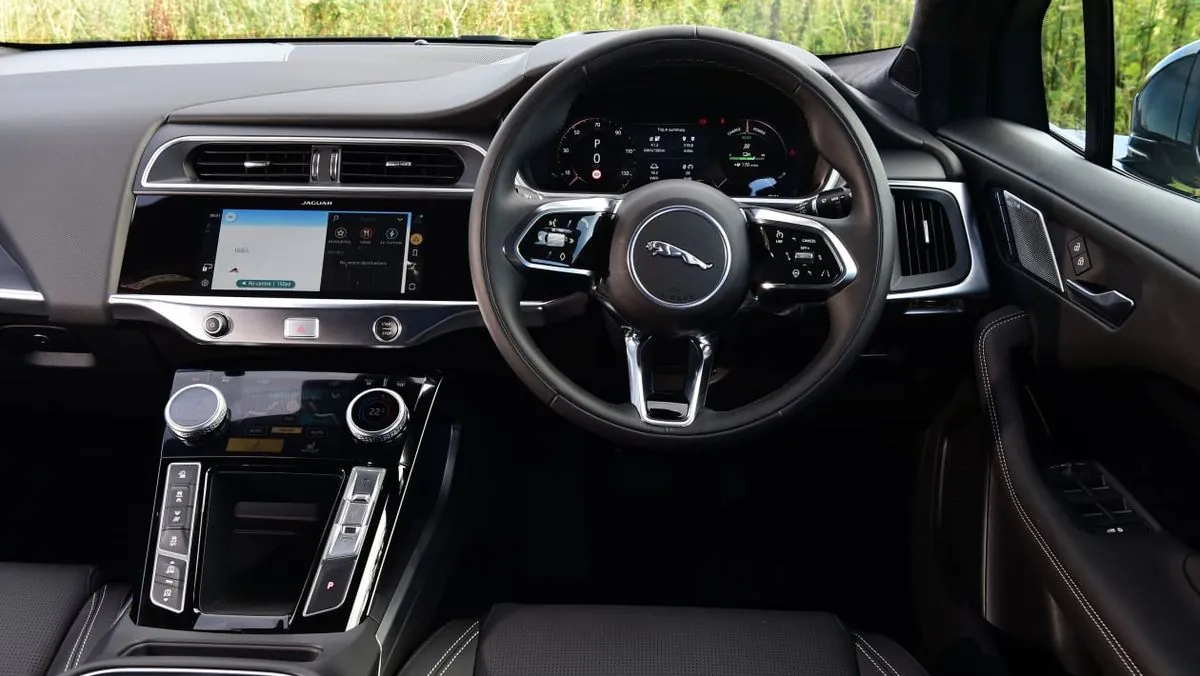Coroner Criticizes Jaguar I-PACE Design After Fatal Accident
A coroner has raised concerns about the Jaguar I-PACE's design following the tragic death of a 7-year-old boy. The incident occurred when a driver mistakenly put the car in drive instead of reverse.

A coroner has expressed serious concerns about the design of the Jaguar I-PACE electric vehicle following a tragic incident that resulted in the death of a young boy. The case has brought attention to potential safety issues in the luxury electric car market.
On February 19, 2023, Alfie Tollett, a 7-year-old boy, lost his life in a devastating accident involving a £70,000 Jaguar I-PACE. The incident occurred after a rugby match in Plymouth, where Alfie was changing his footwear near parked vehicles. The driver of the I-PACE, intending to reverse, inadvertently put the car into drive mode and moved forward for approximately 10 seconds, trapping Alfie between two parked cars.
The Jaguar I-PACE, introduced in 2018 as the company's first all-electric vehicle, has garnered numerous accolades, including the 2019 World Car of the Year award. However, this incident has raised questions about its user interface design.

Assistant Coroner Deborah Archer highlighted a critical design aspect of the I-PACE: the simplicity of switching between drive and reverse modes. The vehicle's console features two buttons for these functions, without an intermediary step or physical lever. This design, according to the coroner, may have contributed to the driver's error.
In her Prevention of Future Death report, Archer stated:
"These errors occurred as a result of there being no intermediary step within the Jaguar I-PACE being necessary to put the car into drive/reverse other than pressing a button."
The coroner emphasized that an additional mechanism, such as a lever, might have alerted the driver to the incorrect button selection.
Despite its innovative features, including a range of up to 292 miles on a single charge and the ability to accelerate from 0 to 60 mph in 4.5 seconds, the I-PACE's control interface has now come under scrutiny. This incident serves as a reminder that as vehicle technology advances, user interface design must prioritize safety and intuitive operation.
The driver involved in the accident, who was 55 years old at the time, was initially arrested on suspicion of causing death by careless driving. However, no prosecution followed due to the driver's subsequent passing.
Jaguar Land Rover, owned by Indian company Tata Motors, has been given until October 22, 2024, to respond to the coroner's concerns. This case may have significant implications for the company, which plans to become an all-electric luxury brand by 2025.
As the automotive industry continues its shift towards electric vehicles, this tragic incident underscores the importance of balancing technological innovation with user-friendly and fail-safe designs. The outcome of this case could potentially influence future electric vehicle interface designs across the industry.


































